EPA Spatial Data Inventory, May 2024
Year: 2024
This inventory of spatial information sources can be used to help in preparing SEA Environmental Reports and the associated environmental assessments with up to date environmental information. Data sources/links include air quality, climate, biodiversity, flora, fauna, geology, soils, hydrology and water quality. This inventory was last updated in April 2024 and may not be exhaustive. (See Disclaimer below for terms of use).
Year: 2024
This guidance note aims to improve the general public’s engagement in strategic environmental assessment (SEA) practice in Ireland. It outlines principles and makes recommendations to ensure that the public are meaningfully informed and consulted during SEA processes, and that any feedback is appropriately integrated into the SEA environmental report and the associated plan/programme. The guidance note is based on a review of international best practice; extensive consultation with SEA practitioners, plan-makers and public participation experts; and lessons learned from a good practice case study piloting novel approaches to public engagement in SEA consultation. These recommendations are transferable to other jurisdictions.
Year: 2024
This document forms part of submissions we make on Local Authority land-use plans undergoing strategic environmental assessments (SEA). It includes: key environmental recommendations to consider; information on recently published relevant EPA reports; links to useful environmental resources for Local Authorities carrying out SEA of land-use plans. It is updated regularly and was last updated on 14 March 2024.
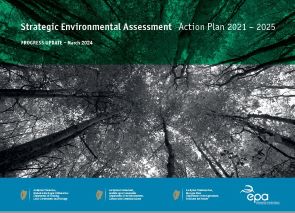
Year: 2024
The EPA, in association with the other SEA environmental authorities, carried out a review of the progress made to date in the delivery of the various actions and recommendations in the SEA Action Plan 2021-2025.
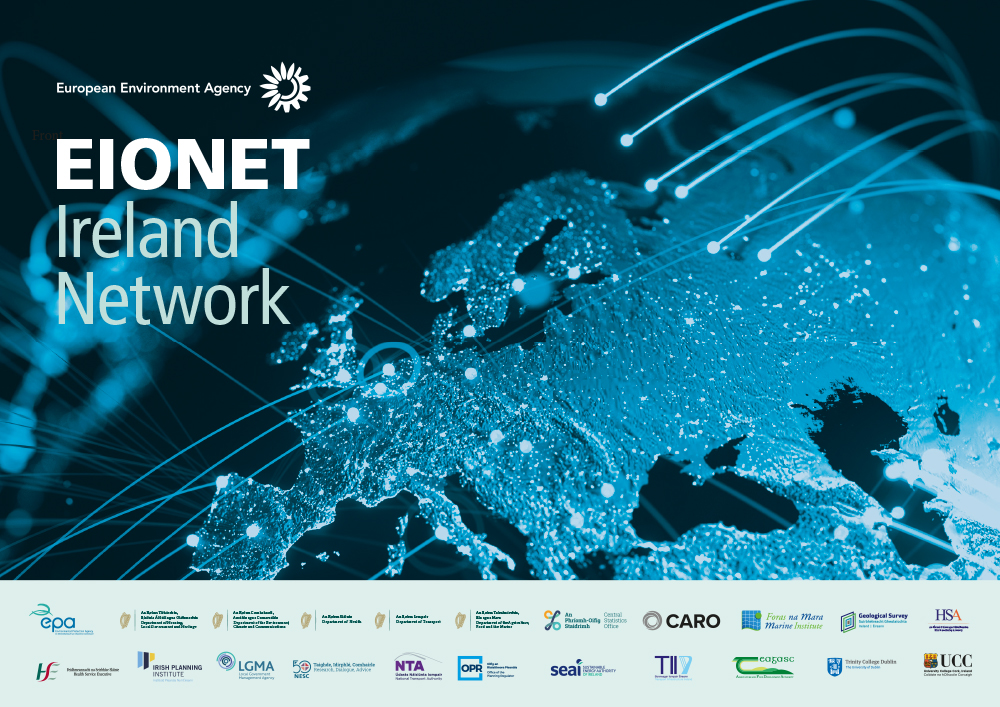
Year: 2024
National Focal Points (NFPs) are the primary national contact points in the Eionet and the EEA works closely with them. Typically based in a national environment agency or environment ministry an NFP is appointed by their EEA member country. The Environmental Protection Agency acts as the NFP for Ireland, coordinating environmental information exchange with the EEA and others. In its NFP role, the EPA maintains and develops the national network. It also facilitates and coordinates contacts, requests and deliveries between national and EU level. The summary booklet was updated in February 2024.
Year: 2024
We have compiled this 'pack' to help planning authorities when carrying out strategic environmental assessments (SEAs). It is based on our experience to date, as a statutory SEA Environmental Authority under the SEA Regulations. It takes account of current 'best' practice in the SEA process. We update this pack regularly and we also refer to it during SEA Scoping consultations. It has been last updated in January 2024.
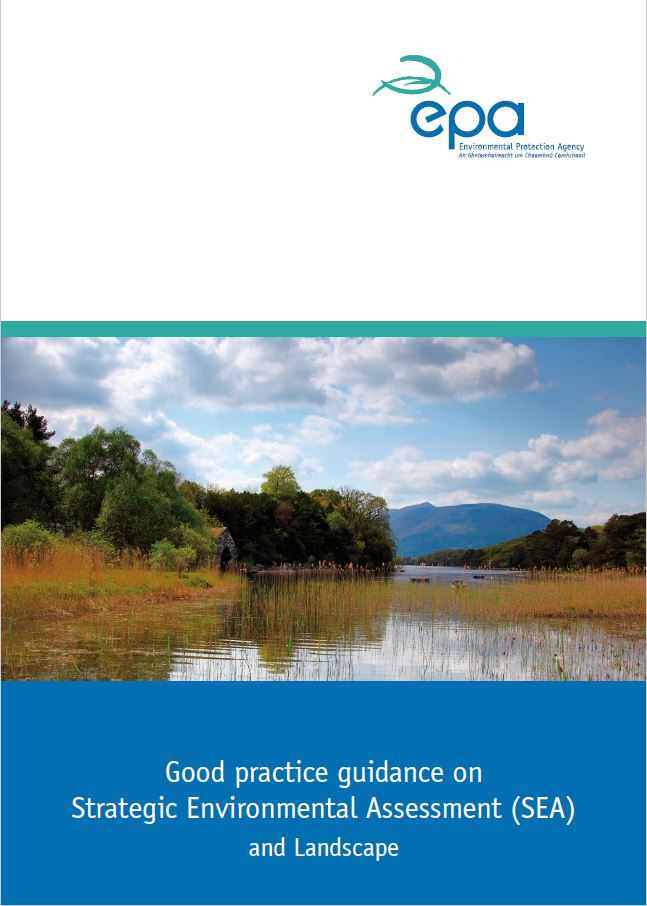
Year: 2023
This document aims to provide guidance and ideas on how to take landscape considerations into account when carrying out strategic environmental assessments (SEA) of plans and programmes in Ireland.
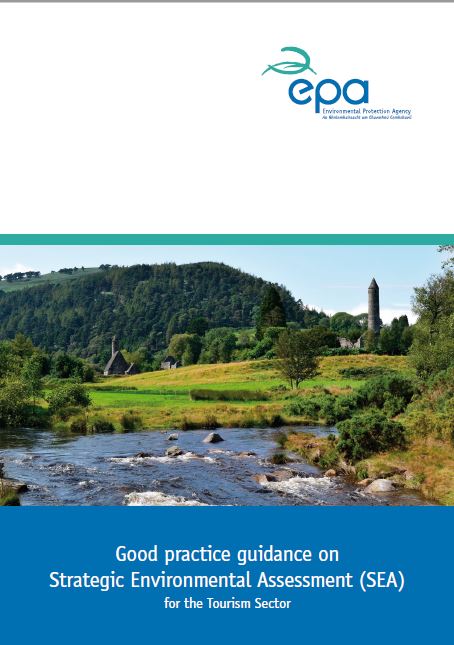
Year: 2023
This guidance note aims to provide guidance and ideas on how to carry out strategic environmental assessments (SEA) of tourism sectoral plans and programmes in Ireland.
Year: 2023
Note of land evidence forum meeting, 17 April 2023
Year: 2023
National Focal Points (NFPs) are the primary national contact points in the EIONET and the EEA works closely with them. Typically based in a national environment agency or environment ministry, an NFP is appointed by their EEA member country. The Environmental Protection Agency acts as the NFP for Ireland, coordinating environmental information exchange with the EEA and others. In its NFP role, the EPA maintains and develops the national network. It also facilitates and coordinates contacts, requests and deliveries between national and EU level. [February 2023]
Year: 2023
Land evidence forum meeting notes 19 January 2023

Year: 2023
This report is an update of the previous stand-alone guidance document on SEA Statements and monitoring, prepared as part of the EPA-funded project Second Review of SEA Effectiveness in Ireland (González et al., 2020). It is specific to the Irish context but has wider international applicability. The monitoring recommendations include guidance on indicators to facilitate a more consistent and coherent approach at this SEA stage. The updates relate to clarifying some SEA monitoring requirements and to acknowledge the published revised national SEA Guidelines and the Development Plan Guidelines for Planning authorities, both published by the DHLGH in 2022.
Year: 2022
My Local Environment is an interactive map with information about the environment in your area. You can use the map to learn about water quality, air quality, radon gas risks, noise levels and more where you live.

Year: 2022
This guidance note aims to provide good practice guidance and ideas on how to carry out strategic environmental assessment (SEA) of water sector plans in Ireland.
Year: 2022
Land evidence forum meeting notes 7 September 2022
Year: 2022
Land evidence forum meeting notes 22 June 2022
Year: 2022
Land evidence forum meeting notes, 19 May 2022
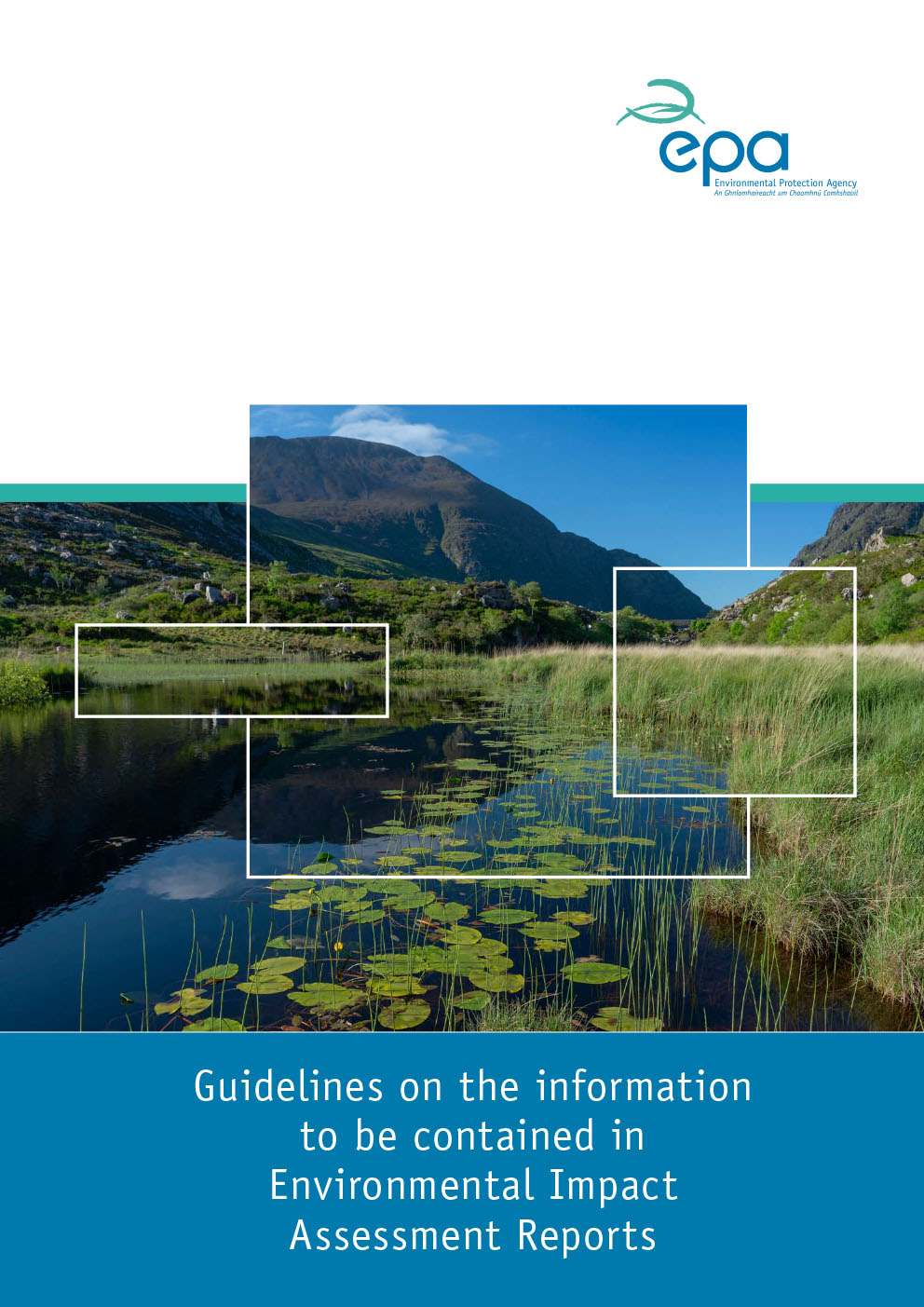
Year: 2022
Guidelines on the information to be contained in Environmental Impact Assessment Reports (EIAR) are available for download below. The Guidelines are primarily intended to be an authoritative reference to those preparing Environmental Impact Assessment Reports (EIARs) for projects covered by the EIA Directive.
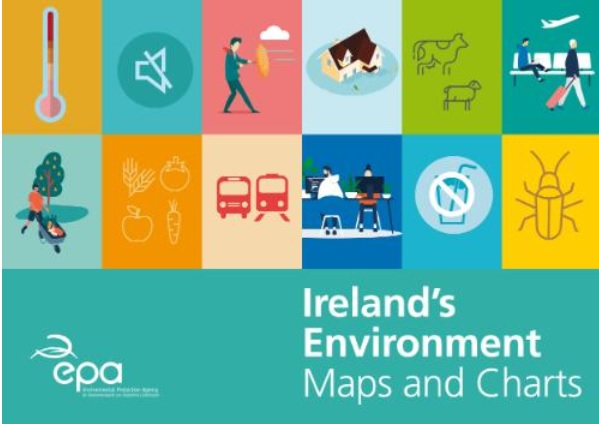
Year: 2022
Ireland's Environment: Maps and Charts - Key Message 13: Land use